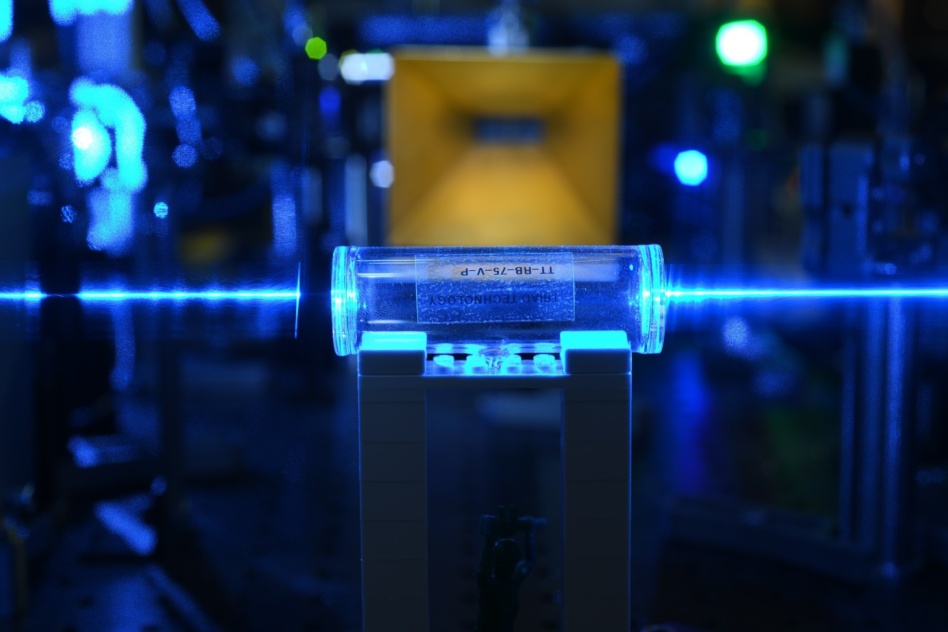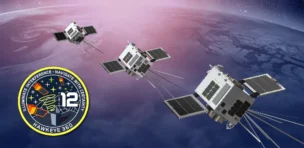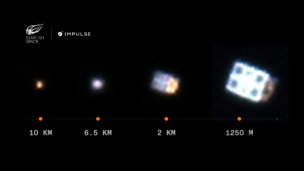The Defense Advanced Research Projects Agency (DARPA) announced yesterday that it awarded Safran Federal Systems a contract to develop robust and reliable quantum sensors to improve the US military’s PNT architecture in multiple domains, including in space.
To effectively manage its troops and personnel across the world, the DoD says it needs extremely—and increasingly—precise ways to coordinate PNT. The department is actively developing quantum-based approaches to improve its capabilities.
For the uninitiated, quantum sensors use properties of quantum mechanics, like entanglement and superposition, to conduct measurements to an extremely high degree of accuracy—in theory. In practice, they’re very difficult to build and to make reliable, and are not deployed at scale today.
Small moves: The award was granted through the Robust Quantum Sensor (RoQS) program, a DARPA initiative that aims to address common issues with quantum systems—including sensitivity to electromagnetic interference and vibration.
The contract covers the first phase of the project, in which Safran is tasked to develop a quantum sensor and to complete a test on a military helicopter. This project will focus on bolstering its nascent quantum tech against interfering environmental factors, ensuring that the military’s PNT systems are always working and always accurate.
“Safran has a long legacy in inertial navigation, and RoQS represents the next evolution, which combines proven expertise with cutting-edge quantum technology to meet DoD modernization priorities,” Robert Compton, senior technical fellow at Safran, said in a statement.
Into the future: GPS has long been the gold standard for PNT in the US, and is used by civilians and military alike, but it’s not infallible. The military says it needs backup positioning systems to use when GPS is unavailable, and it’s pursuing several approaches to avoid losing that awareness.
- The SDA’s Proliferated Warfighter Space Architecture (PWSA), for example, will include a backup PNT capability.
- The DoD is also pursuing quantum tech through a handful of programs, including RoQS, the Army’s Quantum Information Sciences-PNT program, and the DIU’s Transition of Quantum Sensing (TQS) program.
Safran is one piece of the big moving picture to build this backup for the DoD. The company will be working on its sensors at its HQ in Rochester, NY, and is planning to conduct field demos during this first phase of the program.




